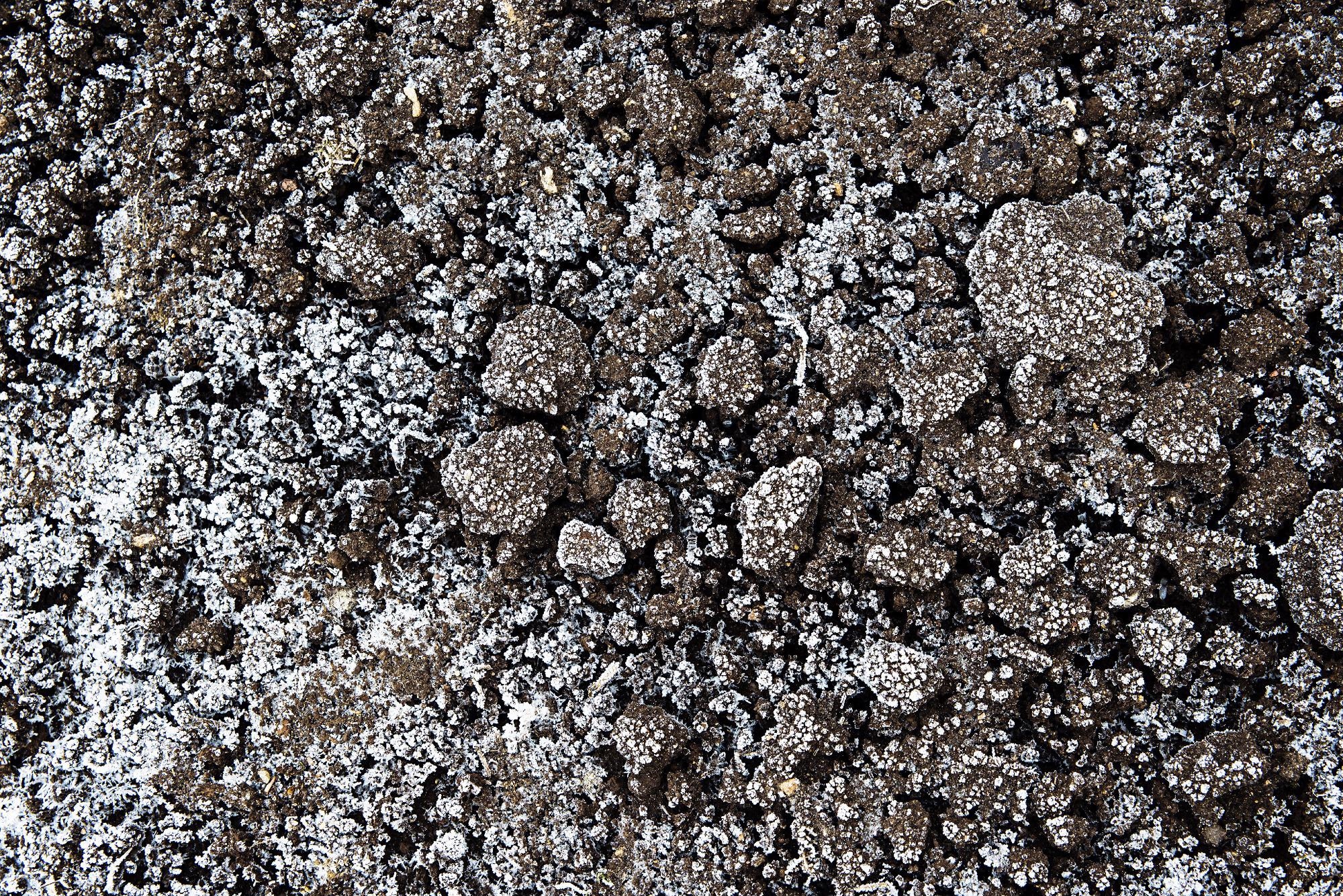Researchers from Skolkovo Institute of Science and Technology (Skoltech) and their collaborators from JSC Research Center of Construction have illustrated the practical utility of their earlier patented technique for identifying the temperature at which soil freezes and how much unfrozen water has been contained in such soil.

Image Credit: Shutterstock.com/ Alena TS
Monitoring these two parameters is critical for constructing and maintaining houses, bridges, roads, factories, etc. in the permafrost region, especially in the era of global warming, which results in soil thawing and instability.
The method is rapid, accurate, as well as comparatively affordable, and applicable to various kinds of soils. The study elaborating the tests of this water potential technique appeared in the Cold Regions Science and Technology journal.
Whenever you build something on permafrost in the Arctic region, you have to know at what temperature that particular soil freezes and what the residual content of liquid water in it is. These parameters affect the soil’s mechanical properties and are essential for calculations that ensure the stability of housing, transport infrastructure, and industrial facilities such as factories, pipelines, and oil wells.
Evgeny Chuvilin, Study First Author and Leading Research Scientist, Skolkovo Institute of Science and Technology
Chuvilin added, “This is even more relevant for structures that give off heat, such as thermal power stations, and in the context of global warming as the environments populated by frozen soils are heating up.”
The essential measurements could be made with the help of nuclear magnetic resonance or the contact method, but the former seems to be very costly. Hence, only significant research centers can afford it, while the latter is laborious and expensive, as it needs huge soil samples, which have to be frozen with expensive refrigeration equipment.
Along with his co-authors Principal Research Scientist Vladimir Istomin and Research Scientist Boris Bukhanov, both from Skoltech, Chuvilin engineered an alternative method — the water potential method, which depends on relatively affordable hardware.
The method, patented in 2018, includes drying up the sample in a stepwise manner and registering the linked variation in the binding energy of water in the pores with vapor pressure and the soil particles above the wet sample. Such values can be further utilized to evaluate the freezing point and unfrozen water content.
The water potential method is quick and does not need sample refrigeration, thereby making the measurements affordable. Also, the team illustrated its efficiency by comparing it against traditional methods.
We showed that the method works on natural soils of various particle size, mineral composition, salinity, and total organic carbon content. The results were in good agreement with direct measurements, including nuclear magnetic resonance, which means that our method provides the necessary degree of precision. We can therefore recommend it for determining the freezing point and unfrozen water content for different soil types.
Evgeny Chuvilin, Study First Author and Leading Research Scientist, Skolkovo Institute of Science and Technology
The research has been published as part of a range of studies presenting and developing the water potential technique. The researchers are sending a message to civil engineers who could directly benefit from adopting the new approach by validating this novel technique against conventional methods and expanding the range of soils it applies to.
Now those people who are not necessarily interested in the intricate physics of the process but have this specific problem they need to address, can get down to using the technique. Our study supplies the answers to the questions they will likely have.
Evgeny Chuvilin, Study First Author and Leading Research Scientist, Skolkovo Institute of Science and Technology
Chuvilin added, “Will it work on soil of a given type? Just how accurate is it? What temperature range is it suitable for? We highlight the advantages and show the end user that ours is a valid and highly competitive technique for solving their problem.”
Journal Reference:
Chuvilin, E. M., et al. (2022) Freezing point and unfrozen water contents of permafrost soils: Estimation by the water potential method. Cold Regions Science and Technology. doi.org/10.1016/j.coldregions.2022.103488